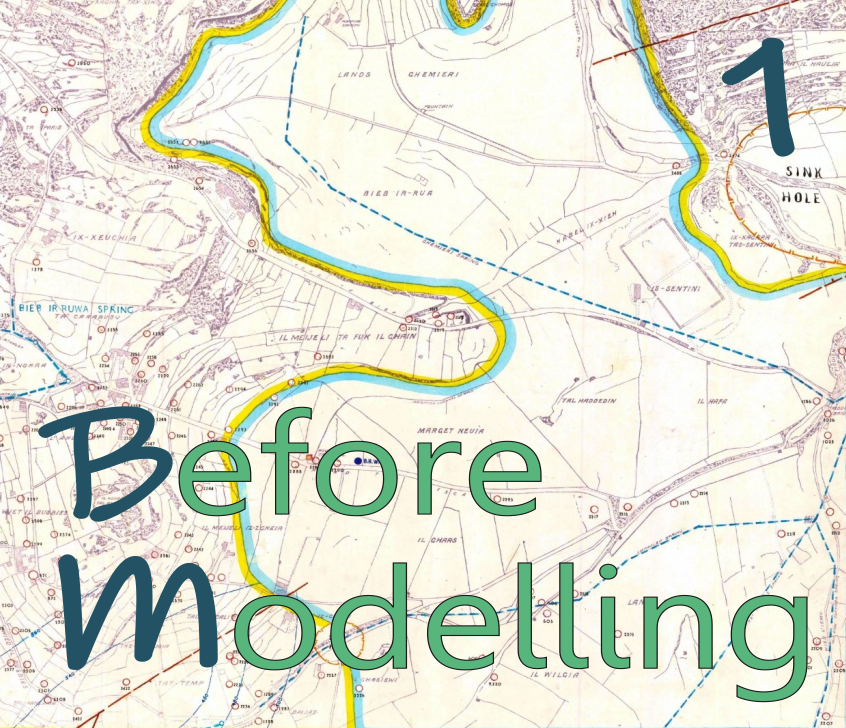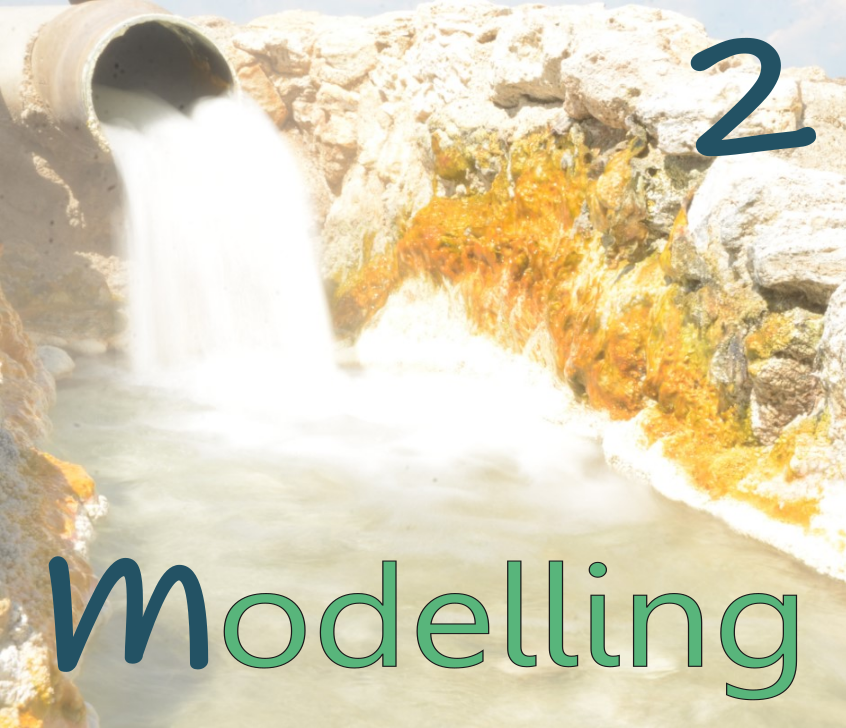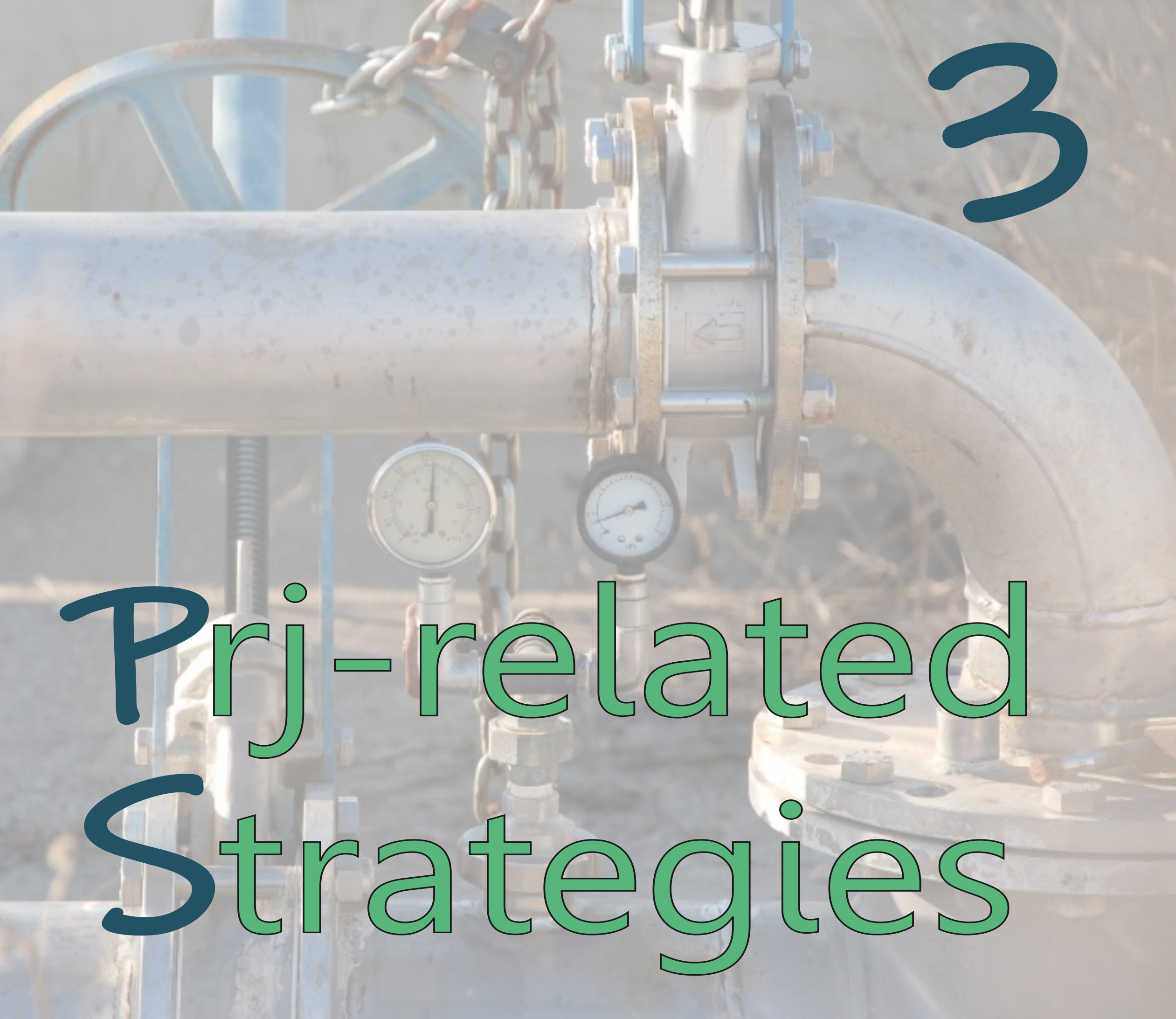Before (and along) Modelling
The first part of the School is a kind of “modeller’s toolbox” that, in association with textbooks and papers, can provide some of the basics needed before engaging in numerical modelling. Even if extremely rich, the contents are not exhaustive – other specific topics can be added on request. All the courses are recorded and immediately available on the e-learning platform. The importance of getting back to the pillars of geology, hydrogeology and maths is surely clear, but it will be even clearer during the practical modelling exercises. Even if placed “before modelling”, this section is thought to be a companion along the whole School. Attendance of the courses is up to the individual, according to his/her own interests and personal background.
Groundwater Numerical Modelling
The first module deals with data processing, geostatistics and basics of numerical modelling with MODFLOW 6 starting from scratch. It is intended to provide the necessary “bricks” needed to approach hydrogeological problems by means of numerical solutions. A specific session is devoted to the extraction of information with the maximum efficiency, which also includes a review of ICT basics, fundamental components of any modelling process. The basics of numerical flow and transport modelling is introduced through the GUIs ModelMuse and Groundwater Vistas. Model building is also approached through Python scripting with FloPy.
The focus of the second module is model calibration. The MODFLOW GUI used in the exercises is ModelMuse, free interface from the USGS, in association with PEST(++). The theory behind history matching (“calibration”) is introduced by John Doherty, the author of PEST.
The last module is fully dedicated to uncertainty analysis through the use of the PEST suite, explained by the author of the code, John Doherty. The software used in the exercises cover the most recent and innovative approaches developed in the PEST and PEST ++ suites, available for free at the relative websites. A wide set of applications helps the understanding of sometimes complex concepts, making use of both GUIs and command line input. Examples are analyzed to demonstrate data assimilation, uncertainty analysis and its application to decision-support modelling. Uncertainty analysis is also approached through Python scripting.
Project-related Strategies
The aim of the Project-related Strategies session is to harvest information from data so that better decisions can be made, considering a specific problem. This requires that model design reflects not just its hydrogeological context but also its data and management contexts. It requires that models only be as complex as they need to be and that they are dedicated to the quantification and reduction of prediction uncertainties that matter to decisions.
The scientific background of the operational project-related strategies is provided by the concept of “problem decomposition”, described in Doherty & Moore, 2023. The term “problem decomposition” characterises an approach to environmental management that renders it amenable to the type of quantitative assistance that numerical modelling can provide. It requires that modelling goals be carefully defined, and that modelling workflows be then designed to serve these goals. As the term “decomposition” implies, it often involves the development of a number of conceptual simplifications, which may invoke concepts such as “impact pathways”. These provide a focus for model-based processing of environmental data in ways that improve the likelihood of a management decision being “good” according to the values that system management serves


